It has become a familiar refrain during the 2020 Formula 1 season and amid the dominance of Mercedes, Lewis Hamilton has talked of how sustained pressure from Valtteri Bottas has forced him to raise the bar for his own performances.
Bottas is in the unfortunate position of being a very good driver overshadowed by an all-time great team-mate and his results inevitably pale in comparison to Hamilton. But there is the feeling that no matter how deep he is able to dig, Hamilton will have him covered more often than not – making him a comfortable team-mate.
“He’s exceptionally quick on a qualifying lap, he’s worked so hard on the simulator, he’s studied a lot over these years so he’s just getting stronger and stronger,” said Hamilton after taking pole position for the Spanish Grand Prix from Bottas by just 0.059s.
“It gets harder and harder and harder for me to continue to raise the bar, it’s such a challenge when you’ve got someone so focused on it. But he does a great job so he keeps me honest. Today was a little bit closer than I would like but I tend to think that I like to have a good tenth-and-a-half, two-tenths to whoever is next to me.”
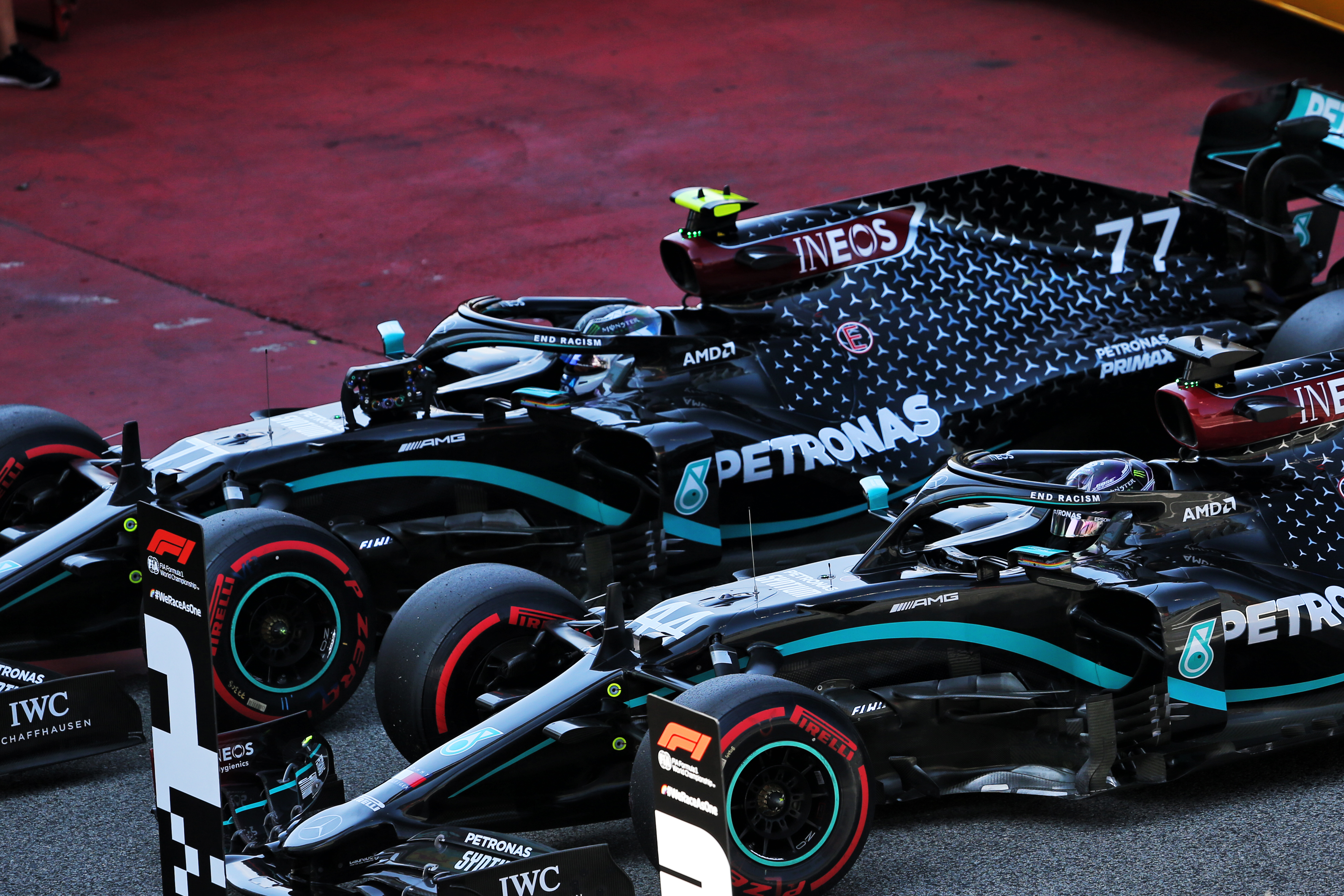
There are two different versions of Bottas to consider – the Saturday version and the Sunday version. In qualifying, it’s easy to underestimate how good Bottas’s qualifying performances have been during his time alongside Hamilton. Given Hamilton has a strong case to be considered the greatest F1 qualifier of all time with an astonishing 92 pole positions, Bottas’s feat in outqualifying him around one-third of the time is impressive.
Bottas has managed 15 poles to Hamilton’s 29, while from 2013-2016 Rosberg managed 29 poles compared to Hamilton’s 35
That’s exactly his hit rate this season having taken pole positions for the season-opening Austrian Grand Prix and second time out at Silverstone in the 70th Anniversary Grand Prix in the six races so far.
And for the most part, it’s been tight. While Bottas was lucky to take the Austrian GP pole as his off-road excursion coming out of Turn 4 triggered a yellow flag and cost Hamilton time, he was in position to capitalise thanks to his pace on the first run. But in four of the qualifying sessions so far, the gap between them has been 0.107s or less.
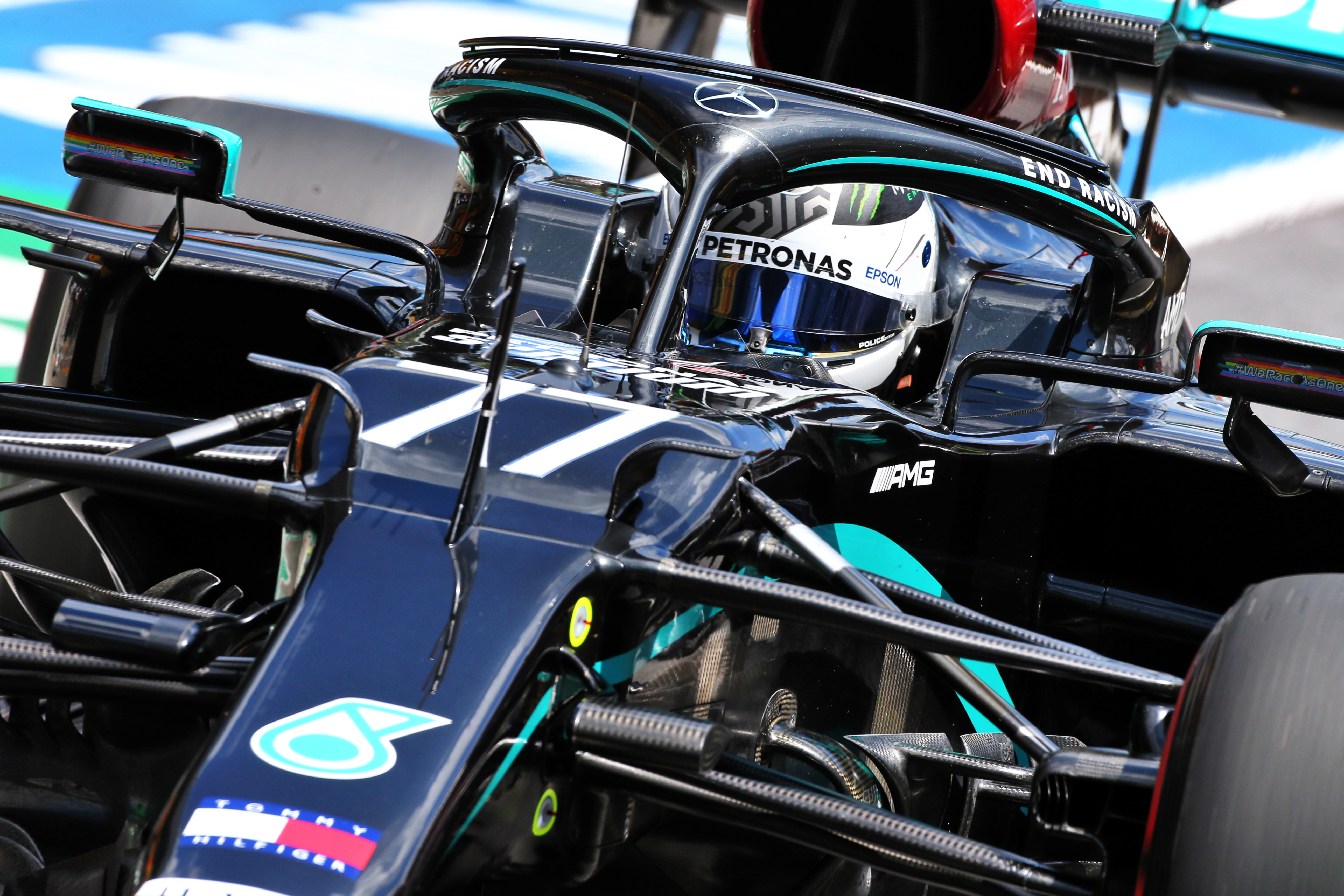
At the British Grand Prix, Bottas looked to have the edge until Hamilton took a step in pace on the first runs in Q3. Bottas then dug deep and matched Hamilton’s pace to the thousandth, only for Hamilton to find another 0.313s. But Bottas showed his capacity for recovery by bouncing back the following weekend to grab pole position.
The real outlier is Styrian Grand Prix qualifying, where Hamilton delivered a stunning performance to take a dominant pole and left Bottas 1.428s behind and down in fourth place.
Wet pace aside, it’s fair to say that Bottas really is keeping Hamilton on his toes in qualifying. After all, Hamilton has been run close several times and been beaten twice, with an average dry gap of 0.081s. In each of his four seasons as Hamilton’s team-mate, Bottas has whittled away at the gap from a starting point of a little under three-tenths in 2017.
But his pole position record isn’t as strong as Rosberg’s was alongside Hamilton. Bottas has managed 15 poles to Hamilton’s 29, while from 2013-2016 Rosberg managed 29 poles compared to Hamilton’s 35.
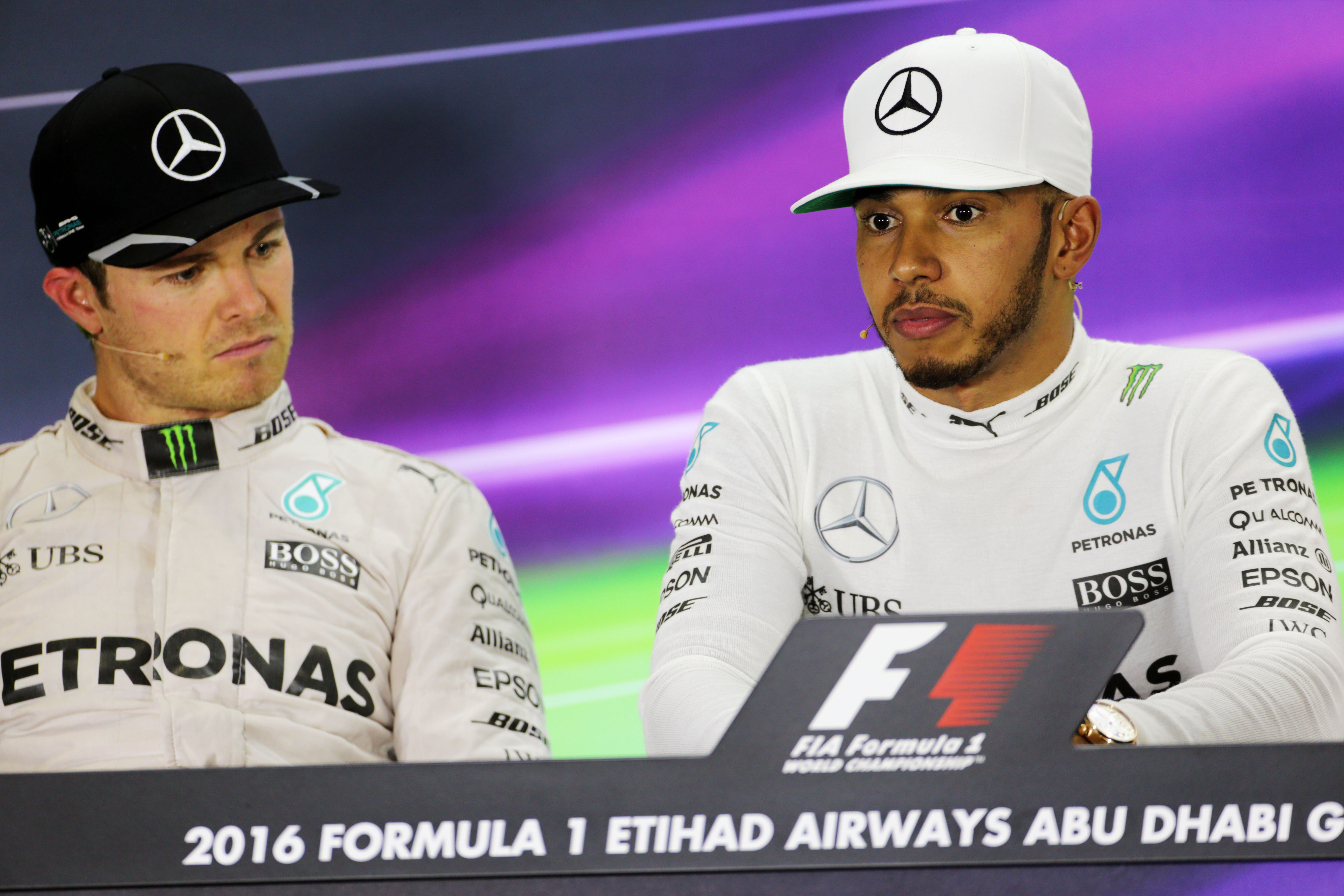
Even so, the evidence suggests Bottas is ensuring Hamilton has to work for his qualifying success. But when it comes to the broader challenge of race day, it’s a little more hit and miss.
When he’s ahead and in what might be called ‘normal’ circumstances, Bottas is capable of beating Hamilton in a straight fight. He’s shown that on a number of occasions, with all eight of his grand prix victories coming after finishing ahead of Hamilton on merit. He also would have won on merit at Sochi in 2018 but for team orders.
Where Bottas loses out is in matching Hamilton’s range of skills in different circumstances.
He has always struggled to match Hamilton’s brilliance at tyre management, with last year’s reverse at Silverstone after leading the first stint a result of not thinking the one-stopper his team-mate achieved was possible the classic example of that. Likewise, he struggles a little more when following other cars, with last year’s chase of Charles Leclerc’s Ferrari at Monza by first Hamilton and then, with no real threat, by Bottas showcasing that relative weakness.
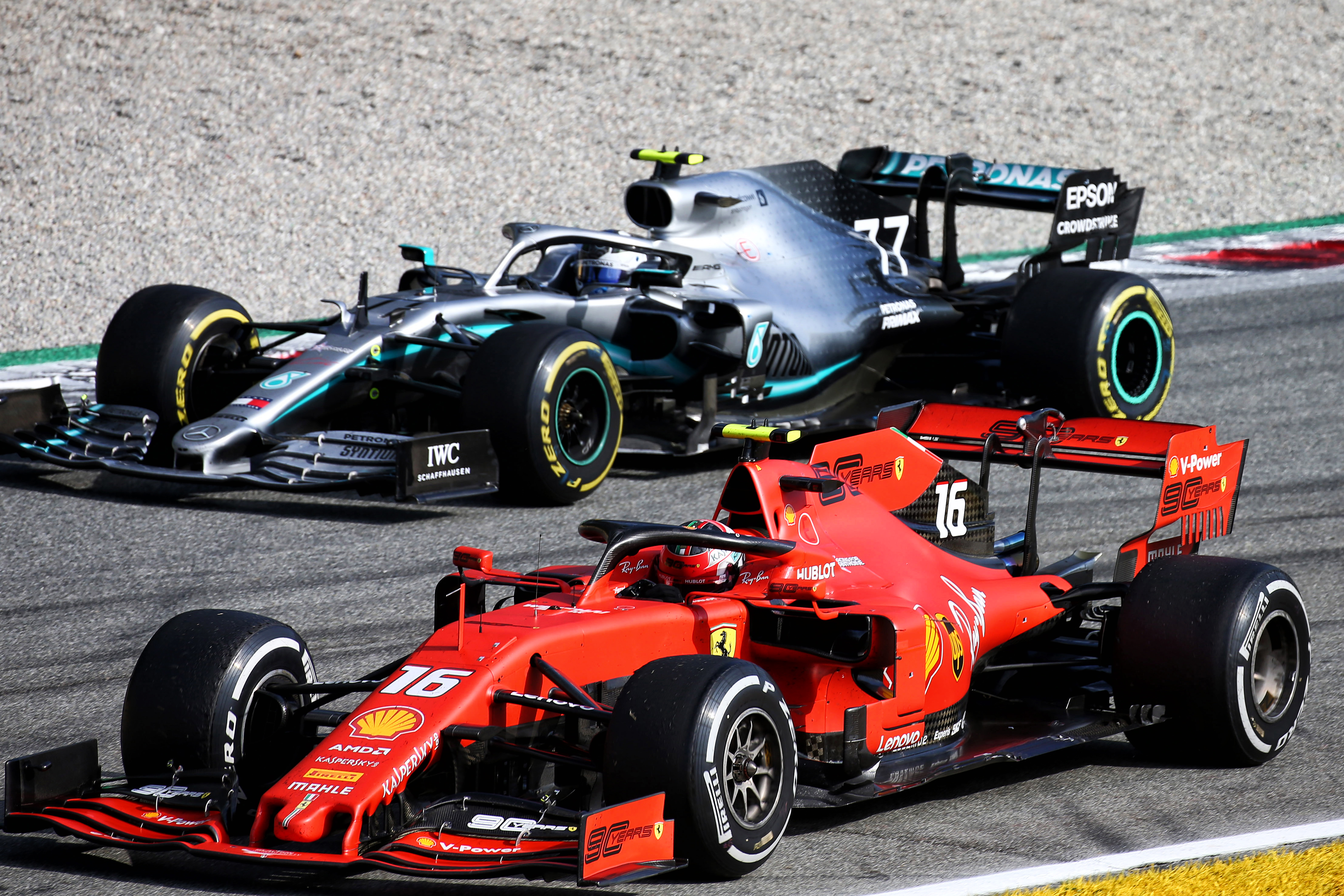
Of course, we shouldn’t really consider these weaknesses. Bottas has consistently racked up results since joining Mercedes in 2017, his only real crime is not being quite as good a driver as Hamilton. What he has shown his formidable mental robustness to keep picking himself up, dusting himself down and going again after some significant lows – notably at the end of the 2018 season.
But what he hasn’t yet proved is he can deliver the race-turning stints or great passing moves that Hamilton’s CV is littered with. Too many times, Bottas has failed to turn a tyre advantage into a pass, his victory at Austin last year notable because he managed to do that on his way to winning.
Bottas was exactly what was needed after the fractiousness of the Hamilton/Rosberg years and is certainly sharp enough to keep Hamilton on his toes every weekend in qualifying
This explains why Bottas finishes ahead of Hamilton at a lower strike rate than he starts ahead of him. In races where both have been classified finishers, the head-to-head comparison is 46-18 in Hamilton’s favour.
Where Bottas has generally been at his best has been in the early part of a season while Hamilton is still working to get on top of the car. While Hamilton is the de facto number one driver, that’s simply by dint of being the stronger one. Were Bottas to beat him consistently, it’s inevitable the team’s focus would shift and he has the means, motive and opportunity to become that.
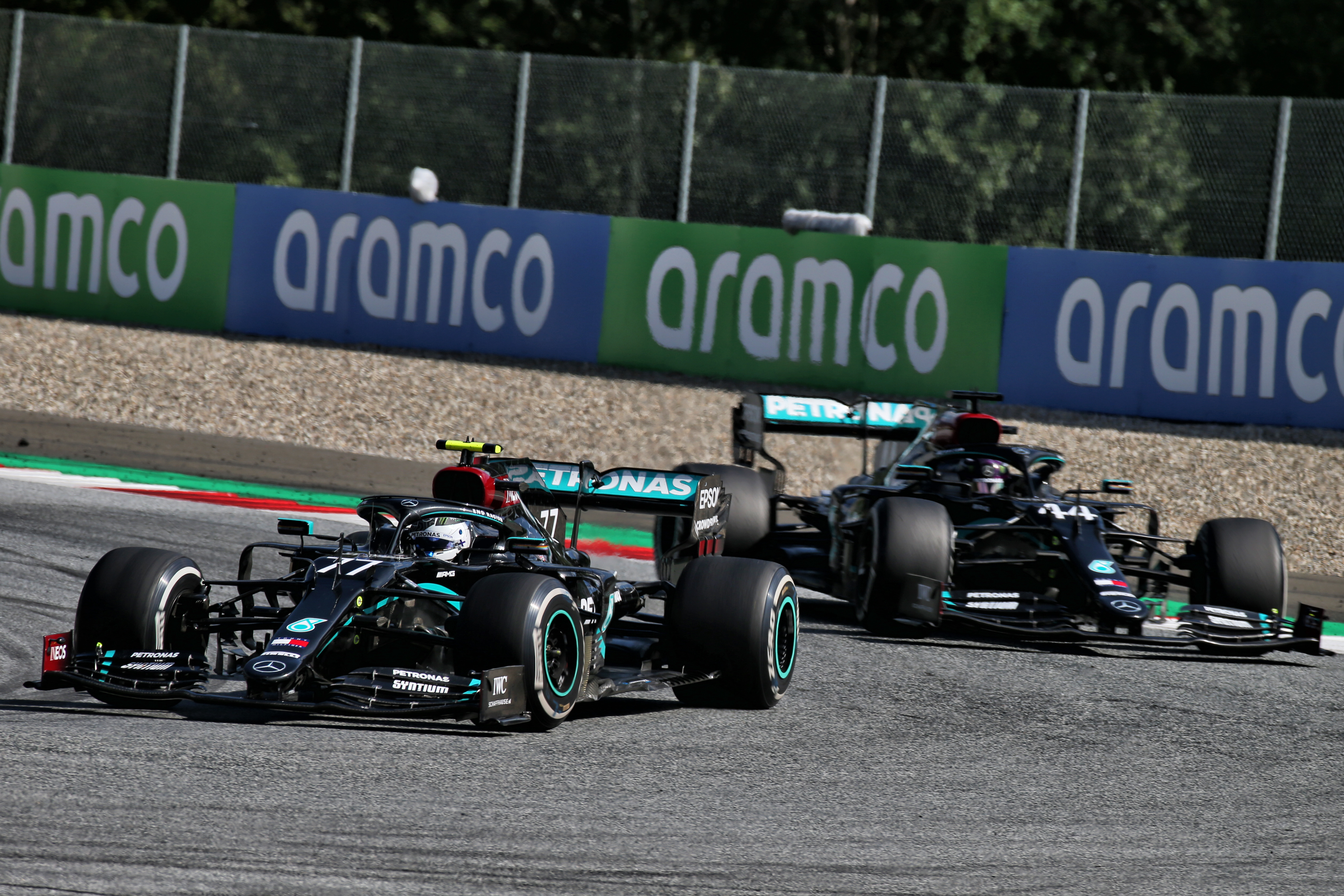
But what he’s cast as is a friendly, co-operative number two to Hamilton. He was exactly what was needed after the fractiousness of the Hamilton/Rosberg years and is certainly sharp enough to keep Hamilton on his toes every weekend in qualifying. That must not be overlooked.
Having said that, Hamilton also knows he can beat him over a season and that there will be little in the way of politics being played on the other side of the garage. But Bottas is plenty good enough to ensure Hamilton doesn’t let his standards slip and, as qualifying for the second Silverstone race shows, if he doesn’t put it together he will find himself behind.
In many ways, it’s the perfect dynamic for all concerned. Mercedes have a happy ship, Hamilton has a driver he knows he can beat but who backs him up more often than not and Bottas himself knows he has the opportunity to get on top if he delivers.
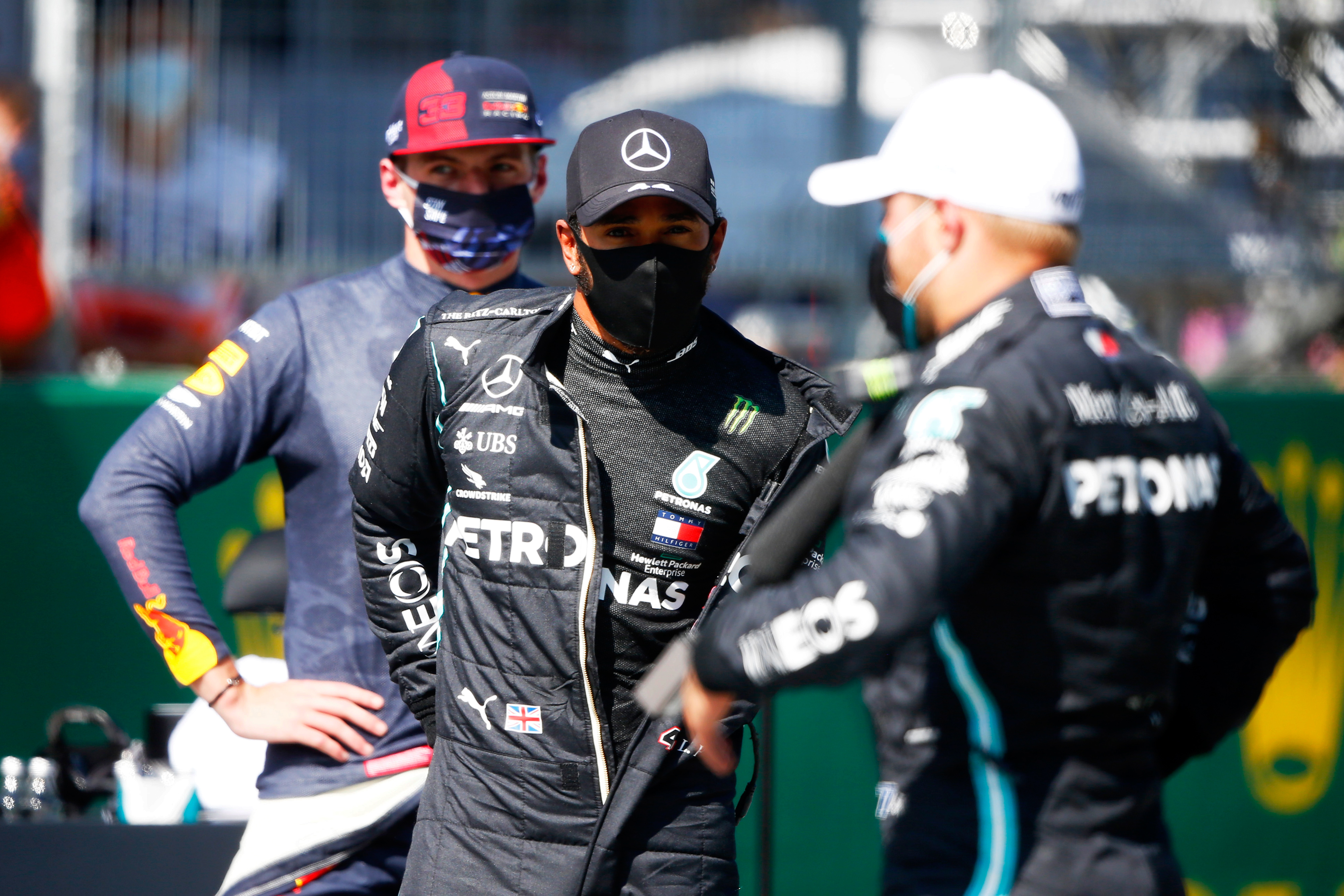
The trouble is, no matter how deep Bottas digs there’s usually a little more for Hamilton to find. Perhaps on some days that does mean he has to raise the bar, but more often than not it’s perhaps more a question of keeping the bar at the same height.
Bottas isn’t creating the kind of challenge Hamilton would face from Max Verstappen, certainly, but he’s doing what he’s there for. And every year, Bottas gets a little bit better, which is a valuable yardstick for Hamilton to measure himself against as he heads into the latter years of his F1 career.
But the real bar-raising has perhaps been done elsewhere. When Vettel was a serious title threat in 2018, we saw the very best of Hamilton at races such as Monza, where he passed both Ferraris. Those were more raw fights, without the benefit of a comfort zone because while Hamilton is probably confident that he will always come out on top of Bottas in equal equipment more often than not, rivals in different cars might be a different story.
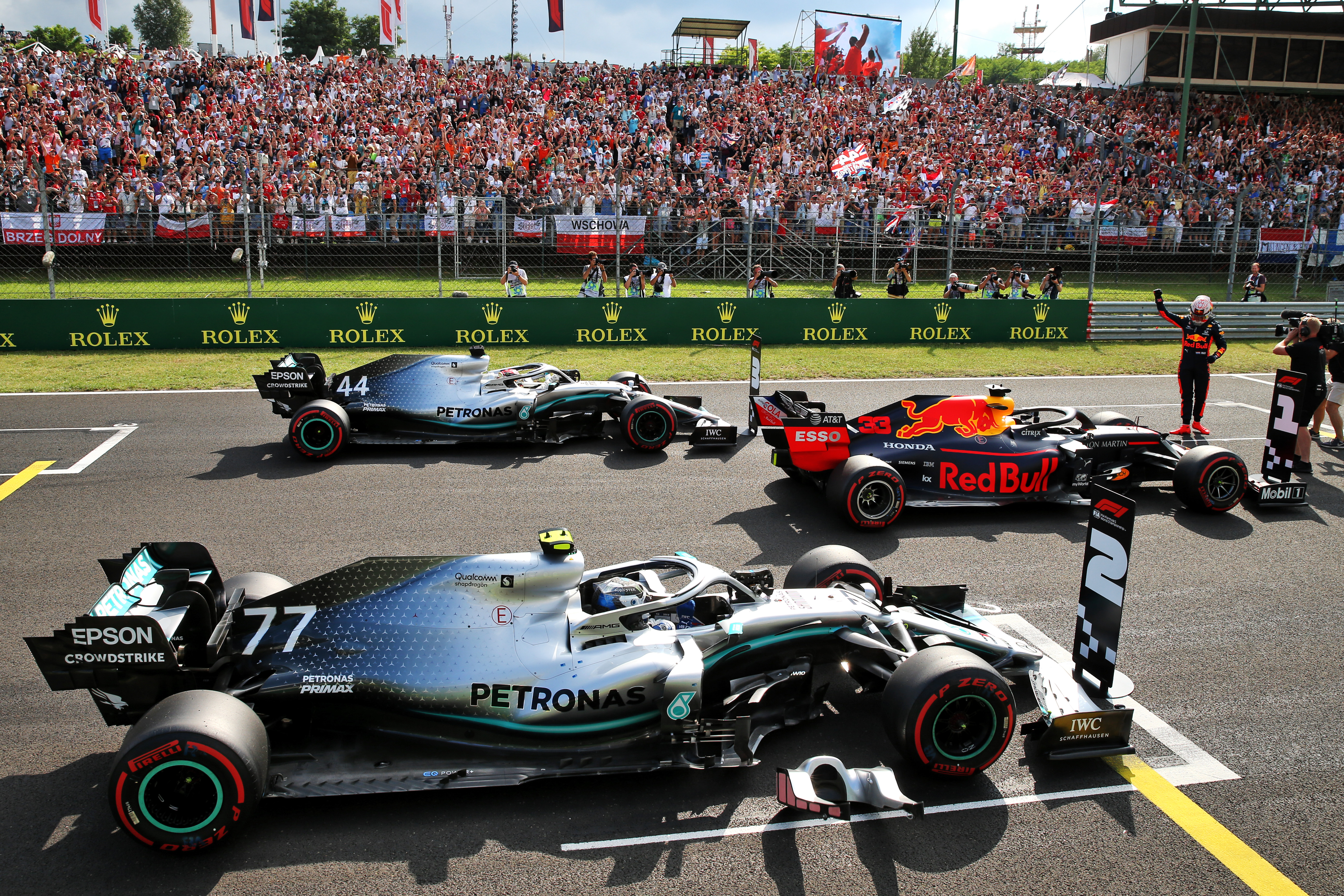
Bottas represents the happy medium, keeping the bar high enough for Hamilton to maintain his standards and, when necessary, continue to chip away to keep his head above water. But he doesn’t offer the potential disruption of a Rosberg or particularly a Verstappen. And that suits Hamilton and Mercedes down to the ground even though it’s reasonable to conclude that going up against Verstappen in equal machinery would make him raise the bar even higher.
It might not be as blockbusting to watch, but Bottas is certainly playing a part in Hamilton and Mercedes staying on top. And he deserves respect for his performances given being a little bit less effective than one of the greatest grand prix drivers of all time is hardly a failure.


